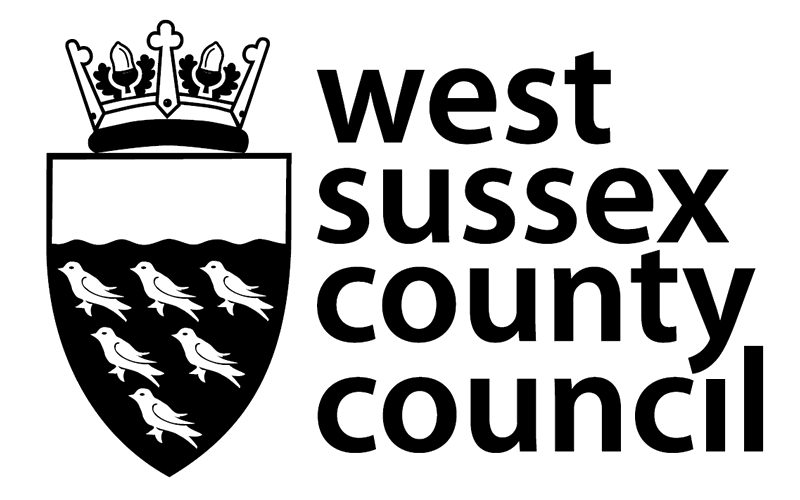Public rights of way
Public rights of way are open to everyone. They can be roads, paths or tracks, and can run through towns, countryside or over privately owned land. All public rights of way are recorded on the Definitive Map.
The land over which a public right of way passes belongs to the respective landowner. A clear distinction must be made between public and private access rights.
Depending on their classification, rights of way are open to pedestrians, horse riders, carriage drivers, cyclists or motorists.
- Public footpaths - Only walkers have a public right of access along footpaths, which includes use by wheelchairs, pushchairs, prams and people with dogs, kept under control. Footpaths should not be confused with footways, usually known as pavements, which are part of the main highway and are not recorded on the Definitive Map.
- Public bridleways - Walkers, horse riders and cyclists have legitimate access along bridleways. Cyclists should give way to walkers and horse riders.
- Restricted byways - Restricted byways are legally available for use by walkers, cyclists, horse riders and non-motorised vehicles, such as horse-drawn carriage.
- Byways open to all traffic (BOATs) - Often referred to as ‘byways’, these routes are available for use by walkers, cyclists, horse riders and vehicles, which includes horse-drawn carriages, motorbikes and other mechanically-propelled motor vehicles.
Promoted trails
Generally distinctively signposted, these are routes of short to middle distance, promoted along a variety of routes, lanes and permissive paths. Examples in West Sussex are the New Lipchis Way (open to walkers), Centurion Way (walkers and cyclists), Worth Way and Downs Link (walkers, cyclists and horse riders).
National trails
These are long distance routes managed and promoted by Natural England in England and the Natural Resources Wales in Wales. In West Sussex we have two National trails, the South Downs Way and the England Coast Path.
Permissive paths
Permissive paths are not recorded public rights of way and are not defined by statute. They are routes which the landowner has consented to for use by the public. See more information about permissive paths.
Cycle ways/routes
These are separate from roads and are constructed for use by cyclists, but are normally used by walkers too. The National Cycle Network is being developed by Sustrans in partnership with local authorities and other bodies using a number of different routes.
Green lanes
This term is often used to refer to an unsurfaced track that is normally hedged on both sides and is often quite an old route. A public right of way may be dedicated along it, but this is not necessarily the case.
Greenways
Natural England defines these as being "a network of largely off-highway routes connecting people to facilities and open spaces in and around towns, cities and the countryside. They are for shared use by people of all abilities on foot, bike or horseback... Greenways link to other networks for non-motorised users - such as the National Cycle Network, towpaths beside inland waterways, National Trails and other Rights of Way."
Other routes with public access (ORPAs)
These routes have some sort of access associated with them but are not recorded as a public right of way. They are listed as being maintainable by the highway authorities, but typically have the character of green lanes in terms of being unsurfaced carriageways.
Toll Rides (Off-Road) Trust (TROT) routes
These are routes where access for riders and carriage drivers has been agreed with the landowner. Users join the scheme and pay a fee. Members are issued with hatbands to offer proof of membership to the scheme (see the TROT website).
Towpaths
A towpath is legally a part of the navigation of a canal or river and will not necessarily have a public right of way along it. For more information please visit the Canal and River Trust website.
Other types of access
As well as exploring the West Sussex countryside via the county's extensive rights of way network there are many other areas you can enjoy, including:
- Open Access land
- country parks, such as Buchan Country Park
- Forestry Commission land
- National Trust land
- Sussex Wildlife Trust land
- county, district and parish council sites
- a variety of other permissive routes on private land.
Open access land
The Countryside and Rights of Way Act 2000 created a new right giving people greater freedom to explore open countryside, on foot, across mapped areas of land known as 'access land'.
Land to which the right of access applies, detailed maps and information on restrictions and closures can be found via GOV.UK.
Dogs must be kept on a lead (not more than 2m long) on open access land between 1 March-31 July to protect breeding ground-nesting birds, and at any time when they are near livestock, and may be excluded from some sensitive sites altogether. This does not affect existing rights for dog walkers.

